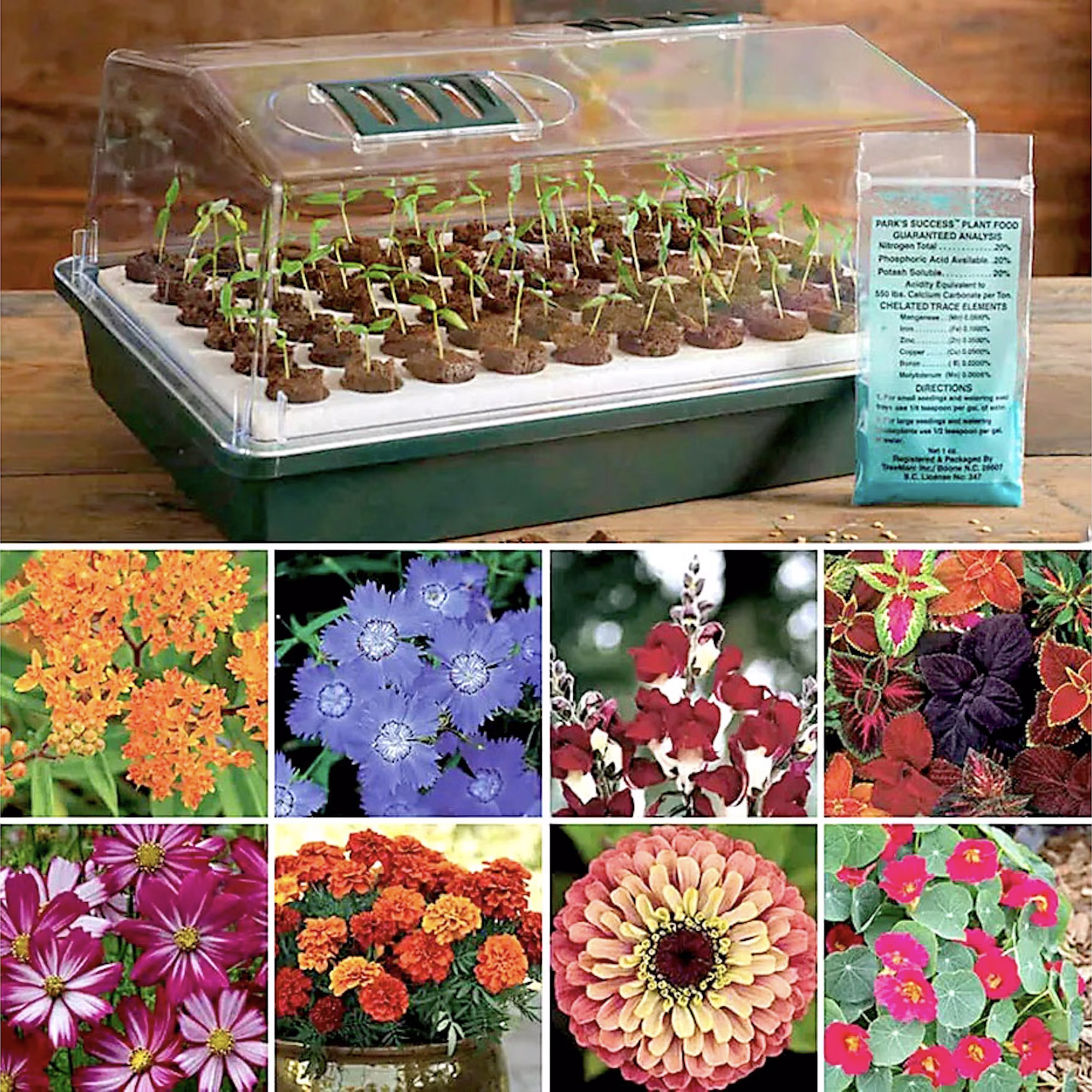Why Are My Seedlings Wilting? 6 Common Causes – And How To Save Them
Wilted seedlings are a definite sign that something is not right. Learn how to diagnose the problem and bring baby plants back from the brink.


Melanie Griffiths
We all root for our seedlings to thrive and grow into strong, healthy plants, but problems are not unusual. Remember that seedlings are very young plants just entering the world and, therefore, are quite fragile. Seedlings wilting is the most obvious sign that something isn't right. Fortunately, once you figure out the cause, you can usually take steps to help them.
Good seedling care is key to ensuring the survival of fledgling plants. Planting seeds is only the beginning of the journey to nurture them to maturity. There is a lot to learn about how to germinate seeds and look after seedlings before they can become established plants in their final positions. The first step is knowing when to start seeds at the right time. This is important whether you are starting seeds indoors or direct sowing seeds in the garden. If you start seeds at the wrong time, then they are more likely to experience issues such as wilting.
Once the seeds have sprouted, the seedlings will require enough light, moisture, space, and nutrients to thrive. Exactly how much depends on the plant variety, so it's important to read the seed pack information before starting. Alternatively, check our plant guides, which provide expert advice for growing thousands of different flowers, vegetables, and herbs. When seedlings are wilting, the most likely case is that care instructions haven't been closely followed, but there could be other issues to consider.
Common Causes for Seedlings Wilting
It would be easier if there was only one possible cause of seedlings wilting. Then you could simply apply the most effective antidote. However, there are many potential triggers, ranging from watering issues to pests and diseases. It helps to look at these one at a time, so you can diagnose the issue through a process of elimination.
1. Watering Issues

Seedlings need moist – but not soggy – soil. They don’t do well with too much or too little water. In fact, these watering issues might be top on the list of potential explanations for wilting seedlings. “Wilt” seems to point to drought, and if the leaves are limp, too little water is the likely culprit. Reach for the watering can.
But if the stems are wilting, with the top of the seedling tipping over, the problem is more likely overwatering. The condition is called epinasty. If the soil is wet, the roots of the plant have a hard time taking up oxygen. They generate ethylene gas, causing epinasty. Reduce watering frequency, and remember that root systems on new seedlings are small and cannot take up very much water.
How often to water seedlings depends on the plant variety but it's best to feel the soil every day to check for dryness. Ideally, bottom water seedlings by placing the pots in a tray of water about an inch deep, and allow the potting mix to absorb water until the surface feels damp. It will take around 10 to 30 minutes.
Gardening tips, videos, info and more delivered right to your inbox!
Sign up for the Gardening Know How newsletter today and receive a free copy of our e-book "How to Grow Delicious Tomatoes".
2. Damping Off
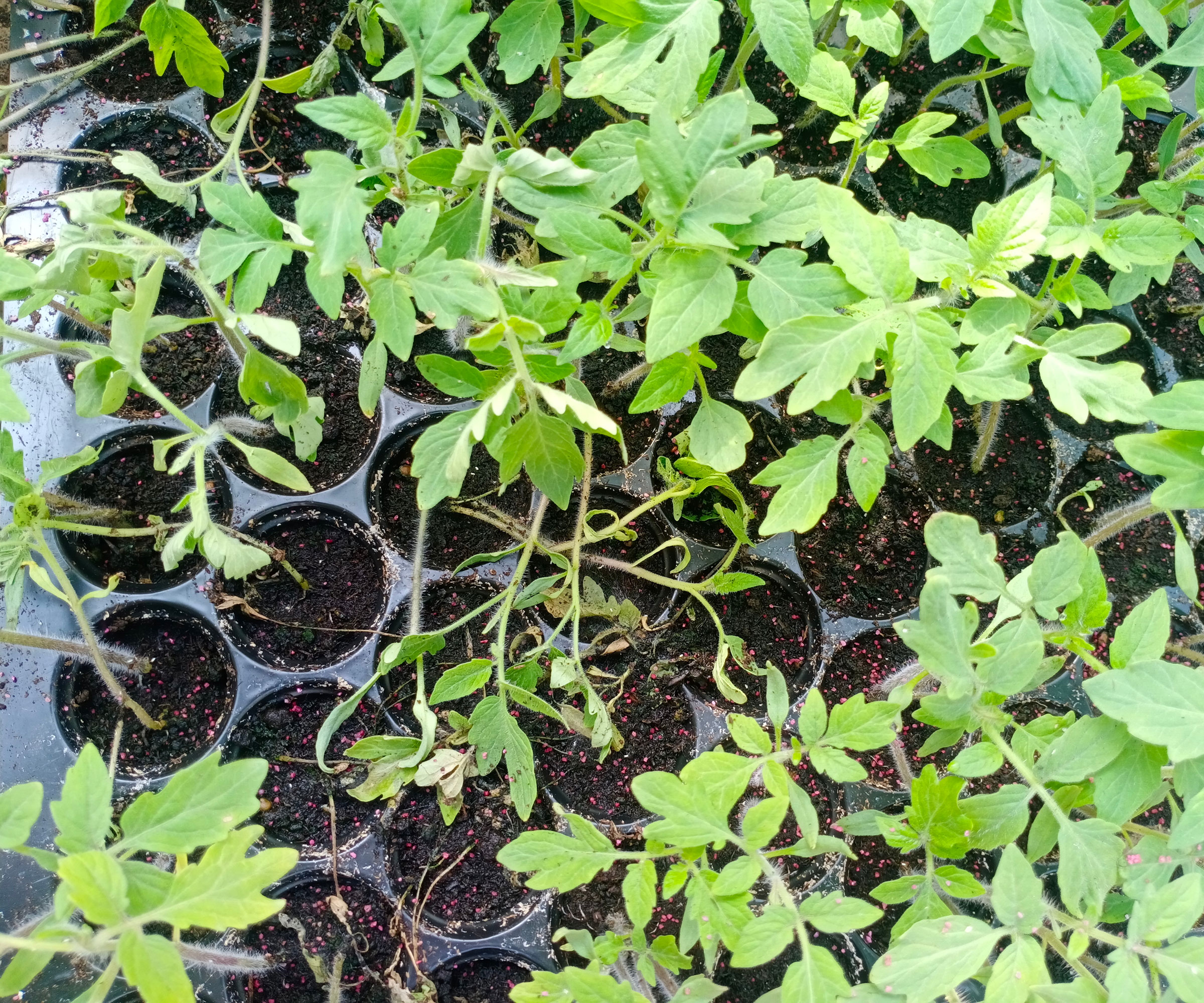
When seedlings “wilt” by collapsing from the base of the shoot, the cause is probably the fungal disease called damping off. This is also a likely culprit when the seedling's first leaves look mushy or discolored, roots are stunted or have sunken spots, or white growth appears on the plants.
Damping off can affect many vegetable shoots and flower shoots. Several types of fungi or molds (like Rhizoctonia, Fusarium, and Pythium) can cause damping off, and most of them multiply when the conditions are cool and wet.
Unfortunately, there is no surefire cure for seedlings impacted by damping off. But you can prevent the problem by keeping your potting materials cleaned and sanitized and using sterile potting media.
3. Environmental Factors
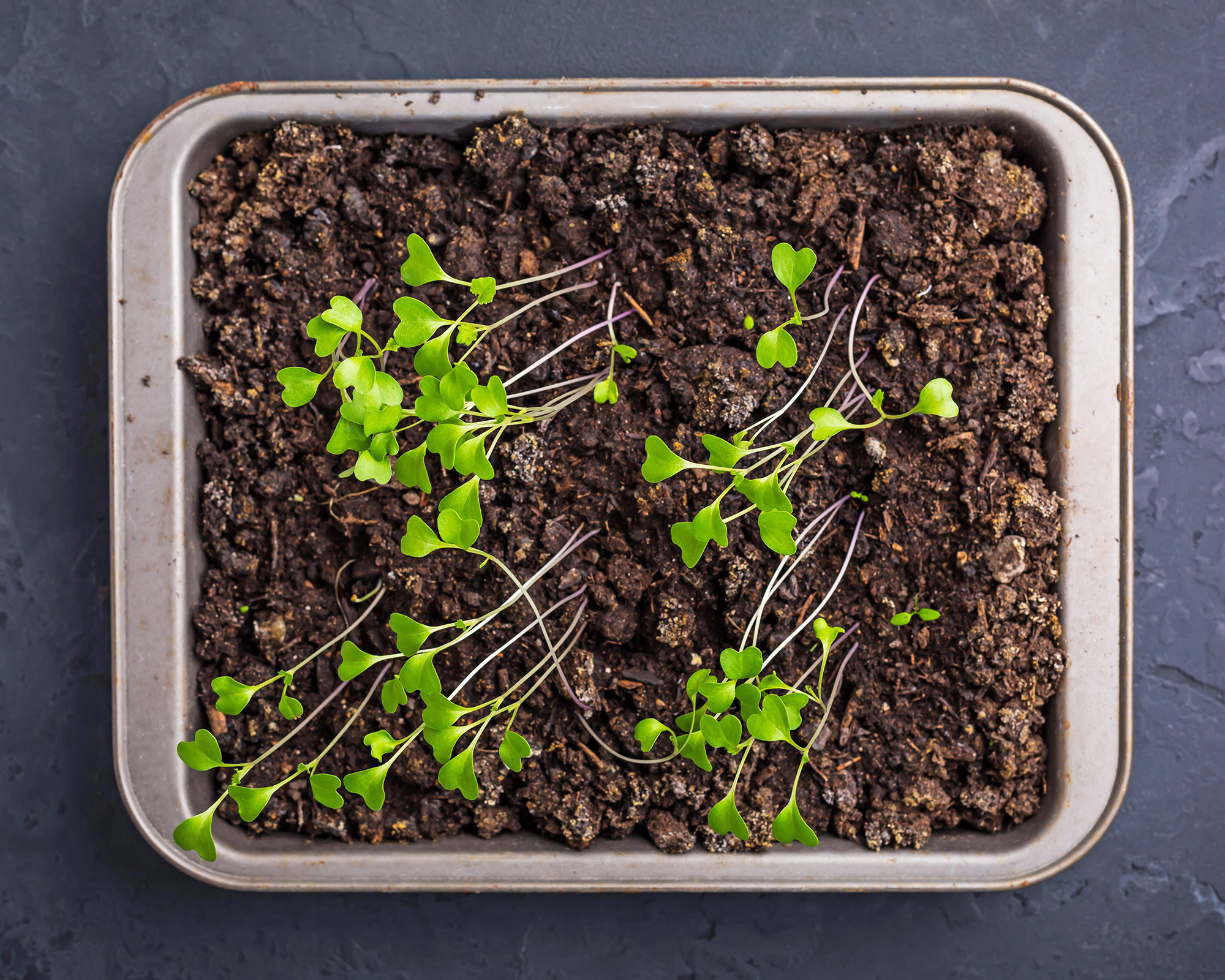
Seedlings like mild to warm temperatures, sufficient but not excessive light, humid air, and protection from cold or heat sources. When they face too little humidity or excessive amounts of heat or cold, wilt can result.
The cultural care requirements for seedlings make it clear that the fragile plants should grow in a warm, humid environment without extreme temperature changes. Placing them too close to an air conditioning vent or a heating vent is sufficient to cause wilting.
Even too much direct sun can result in wilt. Are your seedlings wilting after transplanting outside? They might very well be seedlings wilting in the sun. When transplanting seedlings, give them a hardening off period and check the weather forecast.
If seedling light requirements are not met, they are more likely to become leggy. However, eventually, they may wilt and die. Leggy seedlings tend to be overly tall and floppy, as they try desperately to reach the light.
4. Soil Problems
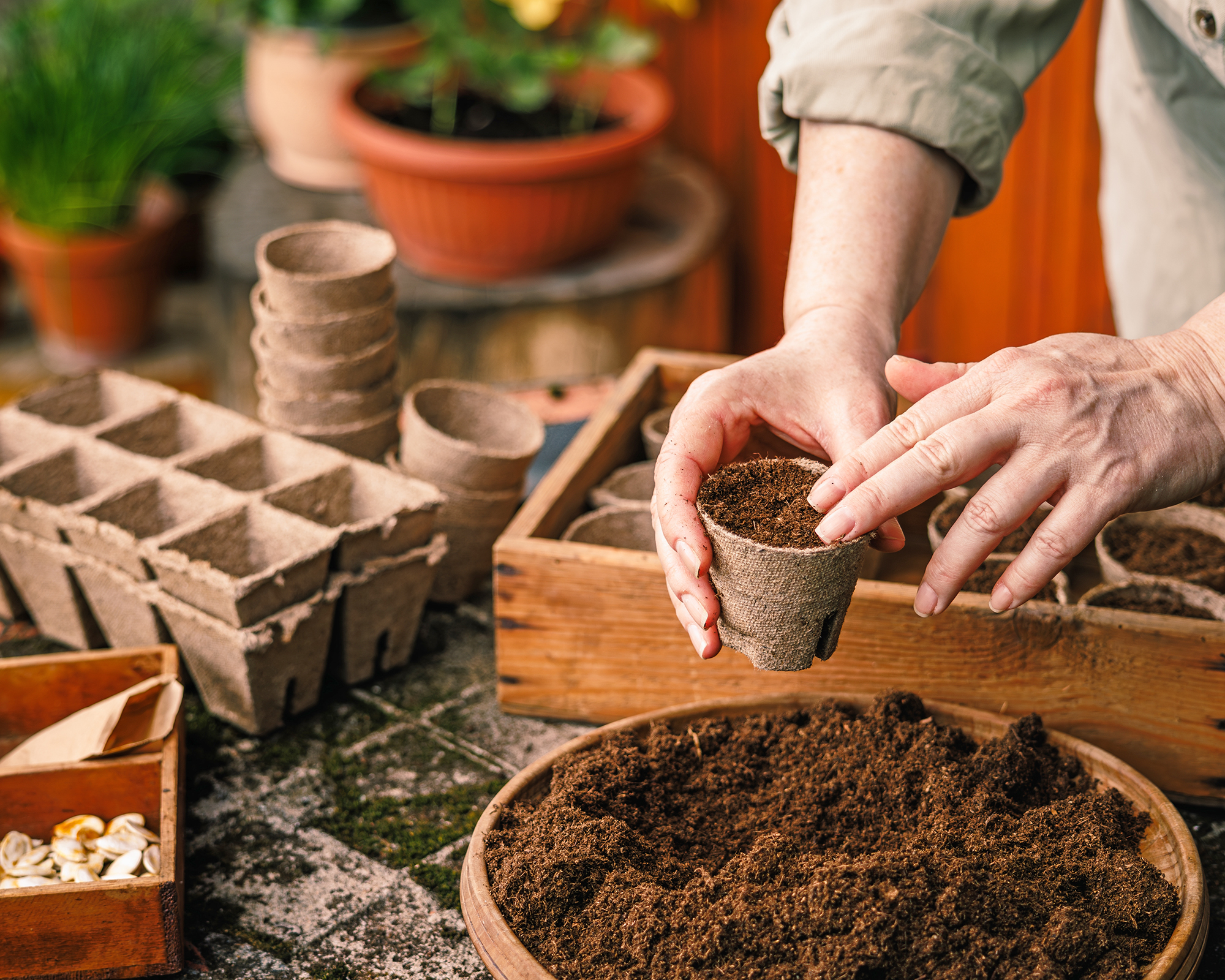
It’s hard to talk about seedlings wilting from too much water without talking about the need for well-draining soil. Poor drainage can cause the soil to be wet and heavy instead of light and fluffy. And if that soil is clay, it simply cannot drain appropriately for seedling growth.
The ideal seed-starting mix is well-draining but able to retain enough moisture to keep the seedlings hydrated. Common mixes contain a combination of ingredients such as peat moss, coconut coir, perlite, and vermiculite. If planting seeds into garden soil, it should be loamy, nutrient-rich, and well-draining.
5. Nutrient Issues

After the seedlings develop a few leaves, it's natural to want to feed them nutrients to help them grow strong. However, you’ll need to use a weakly diluted organic fertilizer. Never use a synthetic fertilizer since these are known to burn seedlings. This issue, along with overfertilizing, can lead to wilting seedlings.
When fertilizing seedlings, use a water-soluble fertilizer at ¼ regular strength. Apply every week, gradually increasing the concentration of the fertilizer as the seedlings develop and grow more true leaves.
6. Pests and Diseases
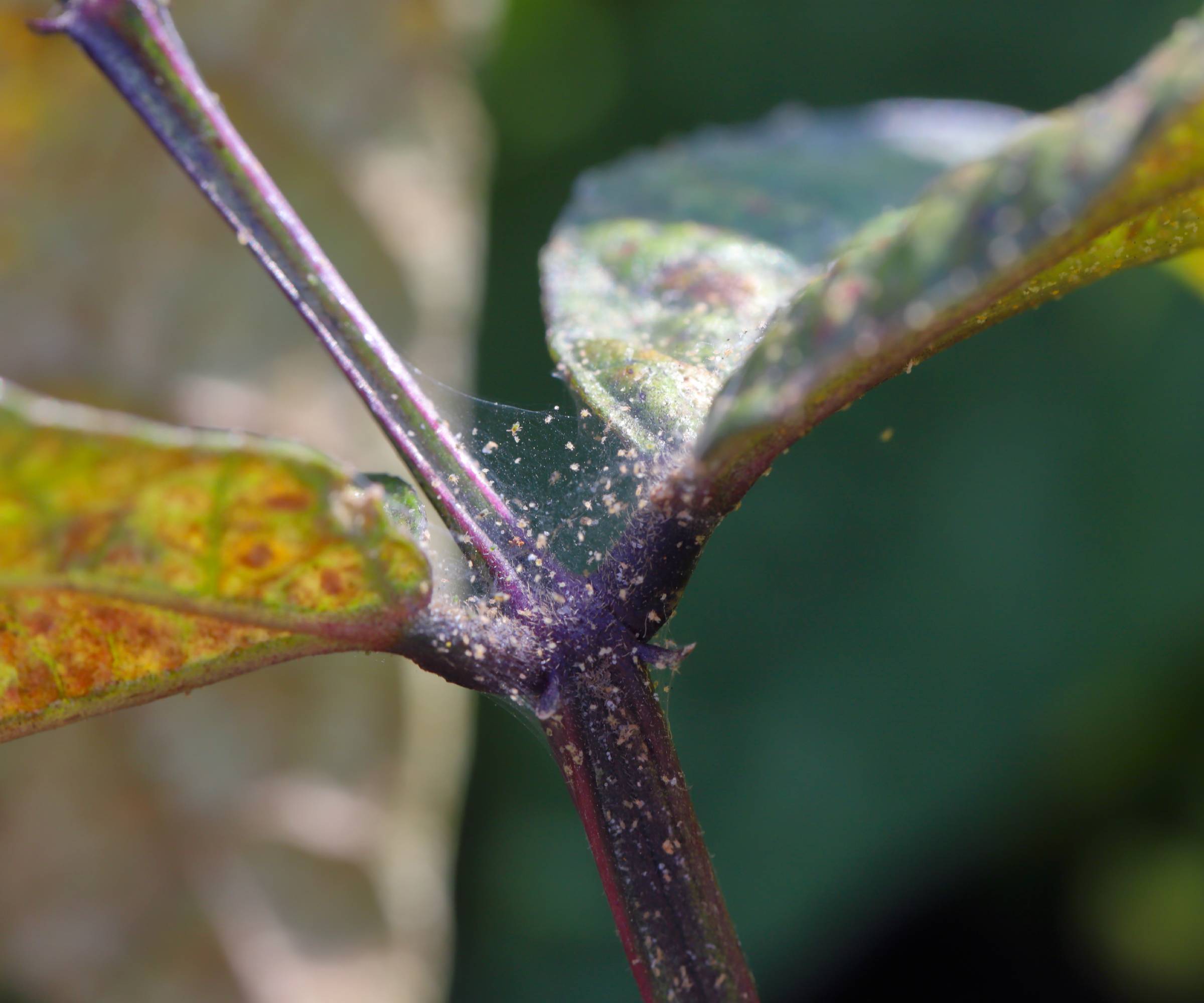
The most common pest your seedlings might attract will be spider mites. These tiny insects use leaf-piercing mouthpieces to suck juices from the little seedling leaves, causing droopy seedlings and curling leaves. If you see webbing between leaves, they definitely have these mites.
Spider mites can be removed with homemade insecticidal soap containing warm water, liquid soap, and vegetable oil.
How to Revive Wilted Seedlings
Once you identify the cause of the wilting, you can take the necessary steps to revive your seedlings. If the cause is too much or too little water, adjust your watering – but don't overcompensate by going too far the other way. If the cause is excessive heat or cold, adjust the temperature.
If your seedlings have grown leggy and fallen over, give them more light. When planting into final positions, push the long stems down into the soil, and they will likely grow new roots.
If you suspect poor soil is the cause, you can try gently repotting them as a last resort, although it might be best to start afresh in new potting mix.
If you catch the issue early enough, then wilting seedlings can usually be saved. The exception is if they are the victims of damping off. Sadly, few seedlings survive this issue. Your best course is to start again and prevent the issue from reoccurring.
How to Prevent Wilted Seedlings in Future
To keep your seedlings as healthy as possible, follow these growing tips:
- Be sure your growing medium is good quality, well-draining and light.
- Be careful about watering. Water only when the top layer of the medium is dry, and keep it moist at all times, but never wet. Never water damp soil.
- Sterilize all of your trays and other equipment every time you use it.
- Be sure your seedlings get enough light by using grow lights and a timer.
- Don’t overcrowd your seedlings – they need space so that air can pass between them and so that they don't have to compete for nutrients. Learn how to thin seedlings so you can focus all your efforts on the best plants.
More Seed-Starting Inspiration
- Struggling to grow? Fix 7 seed-starting mistakes that stunt growth, weaken plants, and prevent crops and flowers from flourishing.
- Join our expert seed-starting workshop to learn how to start flower, herb, and vegetable seeds like a pro.
- Learn how to scarify seeds to speed up seed germination. Try pro techniques such as nicking, sanding, and chemical solutions.
- Not sure how deep to plant seeds? Get it right every time with this simple trick.
- Browse top-quality seedling trays and lids in the Gardening Know How Shop.

Teo Spengler is a master gardener and a docent at the San Francisco Botanical Garden, where she hosts public tours. She has studied horticulture and written about nature, trees, plants, and gardening for more than two decades. Her extended family includes some 30 houseplants and hundreds of outdoor plants, including 250 trees, which are her main passion. Spengler currently splits her life between San Francisco and the French Basque Country, though she was raised in Alaska, giving her experience of gardening in a range of climates.
- Melanie GriffithsSenior Editor
-
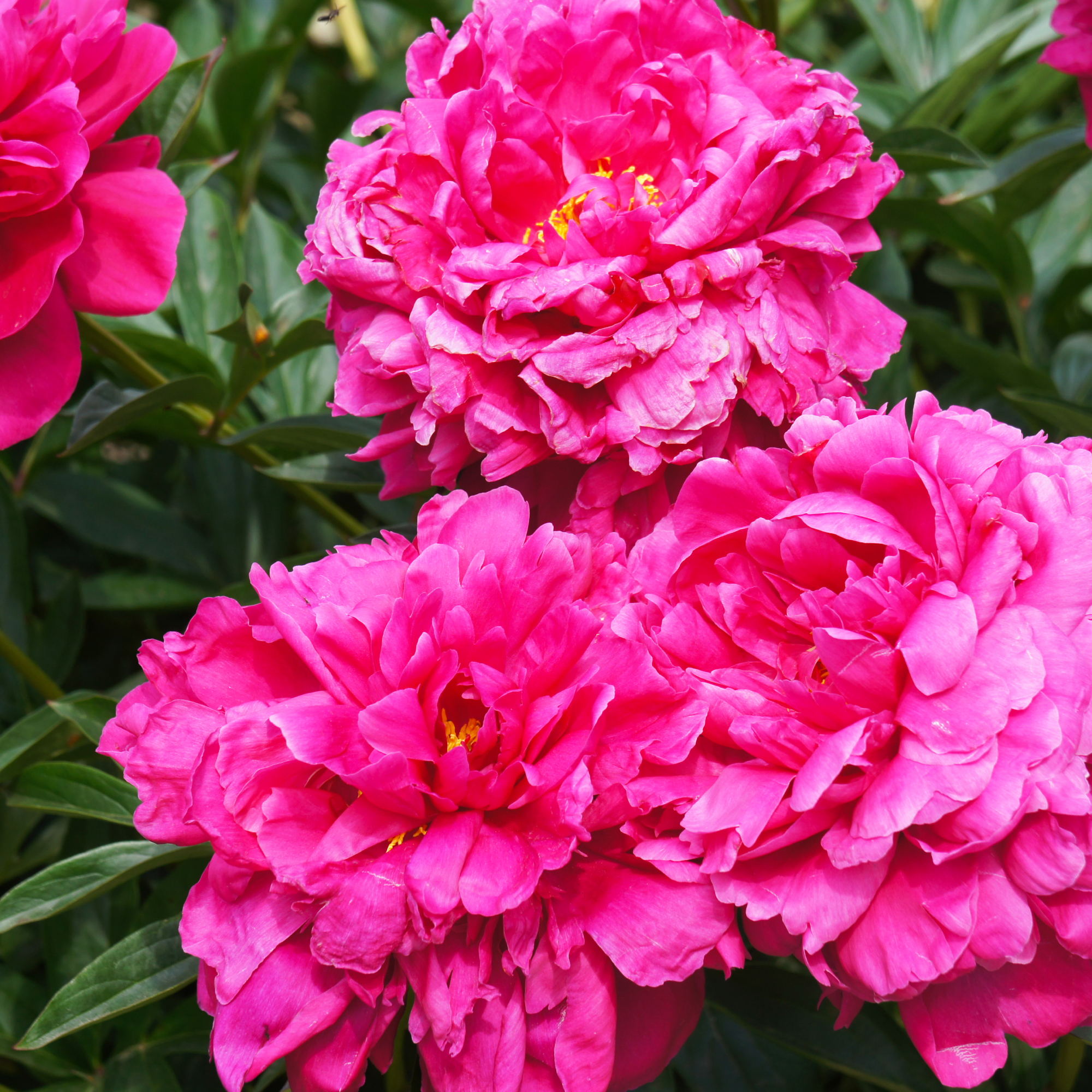 How To Grow a Kansas Peony For Sublime Magenta Double Blooms And Enduring Fragrance
How To Grow a Kansas Peony For Sublime Magenta Double Blooms And Enduring FragranceGrowing Kansas peonies will add gorgeous color and fragrance to your garden. Their deep color and lush blooms are sure to make your neighbors jealous!
-
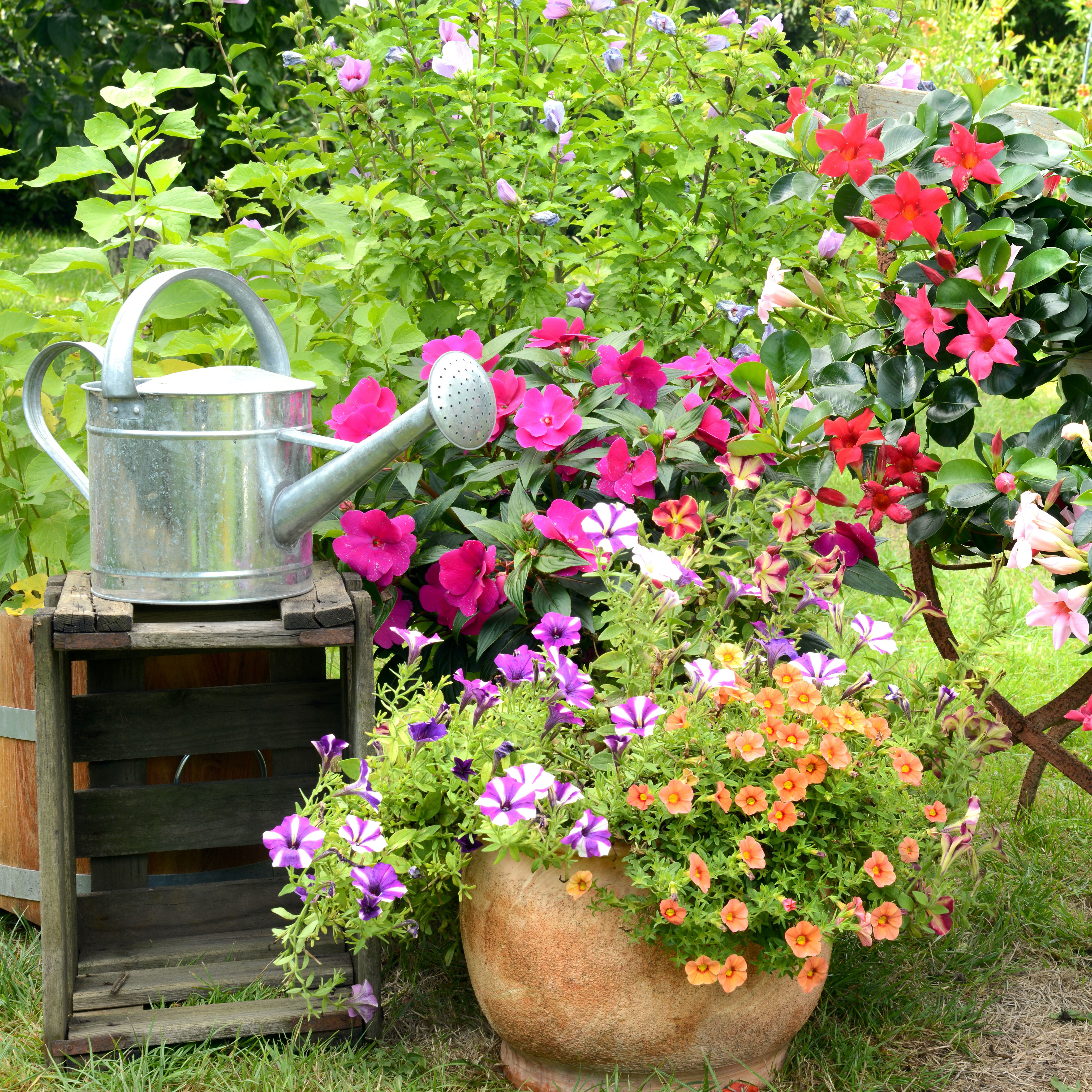 Looking For Full Sun Container Plants? Try These Gorgeous Plant Combos And Themes
Looking For Full Sun Container Plants? Try These Gorgeous Plant Combos And ThemesThere are plenty of heat-tolerant plants that thrive in containers – but if you’re stuck for ideas, these full sun container plants and planting ideas will help get you started
